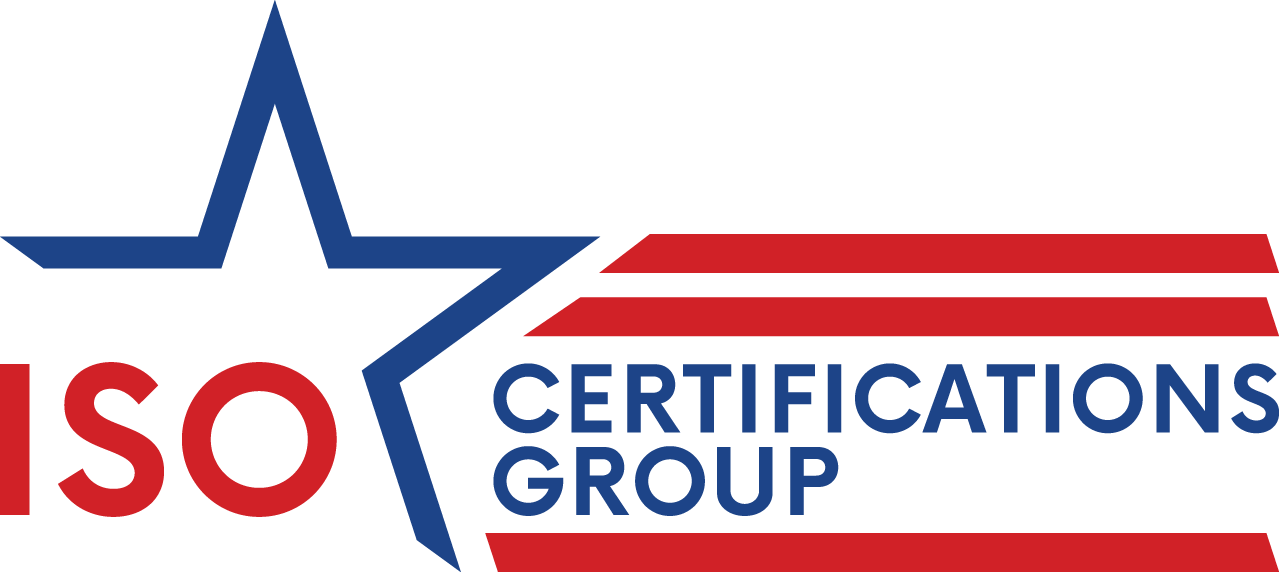Introduction
In February 2024, the first amendment to ISO 9001:2015 was published, and it addresses an issue that’s at the forefront of global concerns—climate change. But what does ISO 9001, a quality management system (QMS) standard, have to do with climate change? Let’s delve into the details of this significant amendment.
Amendment 1:2024 Climate Action Changes
What is an Amendment?
Before we explore the specifics of this amendment, it’s essential to understand what an amendment is and who creates them. An amendment is an addition or alteration to a published standard. In this case, it’s an update to ISO 9001:2015. Unlike a new version of the standard, an amendment goes into effect immediately. This means that organizations with a QMS based on ISO 9001:2015 need to incorporate these changes right away. Fortunately, this particular amendment requires only two minor edits to documentation and some additional analysis.
Who Made the Amendment?
The ISO 9001 standard is managed by the ISO Technical Committee 176, a group of quality professionals from around the world. Since 2021, they have been discussing potential changes to ISO 9001:2015, and decided to issue the first amendment now to address the pressing global issue of climate change.
What Does ISO 9001 Have to Do with Climate Change?
ISO 9001 is fundamentally a quality management system standard, so how does it relate to climate change? The connection lies in two specific clauses relevant to any organization:
- Section 4.1: Understanding the Organization and Its Context
- Section 4.2: Understanding the Needs and Expectations of Interested Parties
Section 4.1: Understanding the Organization and Its Context
This section requires organizations to consider internal and external issues relevant to their purpose and strategic direction that affect their ability to achieve the intended result of their QMS. Climate change can significantly impact an organization’s operations, including:
- Working environment
- Availability of products and raw materials
- Workforce
- Transportation of products
- Potential operational shutdowns
Section 4.2: Understanding the Needs and Expectations of Interested Parties
This section deals with the needs and expectations of regulatory bodies, customers, suppliers, employees and others. Climate change can influence these needs and expectations, affecting:
- Regulatory requirements
- Customer demands
- Supplier stability
- Employee safety and well-being
This amendment is all about organizations understanding how climate change impacts their operations and the needs of their stakeholders. This understanding enables them to assess risks and implement necessary mitigations.
What Actions Do You Need to Take Now?
Implementing this amendment involves a few straightforward steps:
- Download the Amendment: Obtain a free copy of the amendment from ISO.org.
- Update Section 4.1: Add the following sentence to the end of the sub-clause: “The organization shall determine whether climate change is a relevant issue.” You will then state whether your company has determined climate change to be a relevant issue.
- Update Section 4.2: Add a note stating, “Relevant interested parties can have requirements related to climate change.”
- Update Documentation: Ensure that your risk register and interested parties register reflect these changes. Follow your management of change and document control processes to capture these revisions properly.
ISO 9001:2026 is Coming
The next comprehensive update to the ISO 9001 standard is anticipated for 2026. This revision will bring important changes, along with a few new additions, designed to help your organization thrive. We know how crucial these updates are for you, and we’re here to keep you informed every step of the way. Stay connected with us through our newsletter and website for the latest insights on ISO 9001:2026 and what it means for your journey toward excellence.
Closing
We’d love to hear your thoughts in the comments below. Don’t forget to like and share this article. For all your ISO 9001 pre-assessment, certification, and certification transfer needs, reach out to the ISO Certifications Group.

